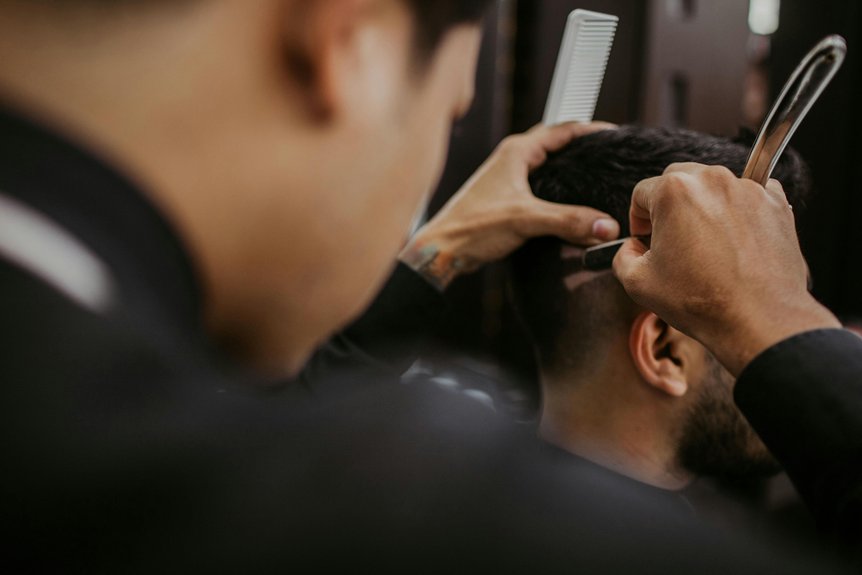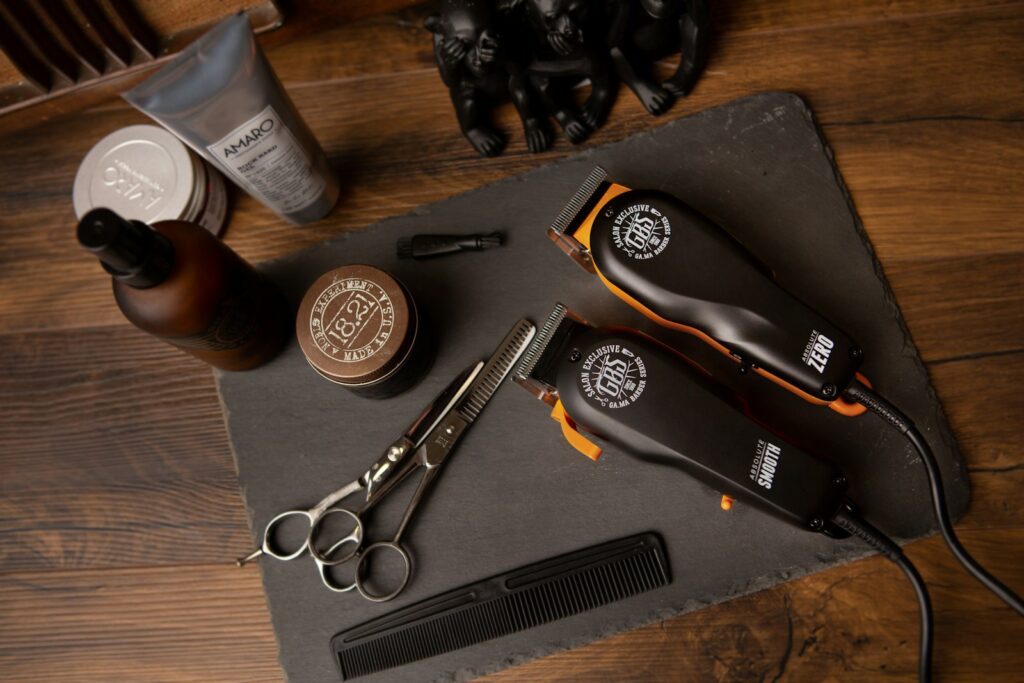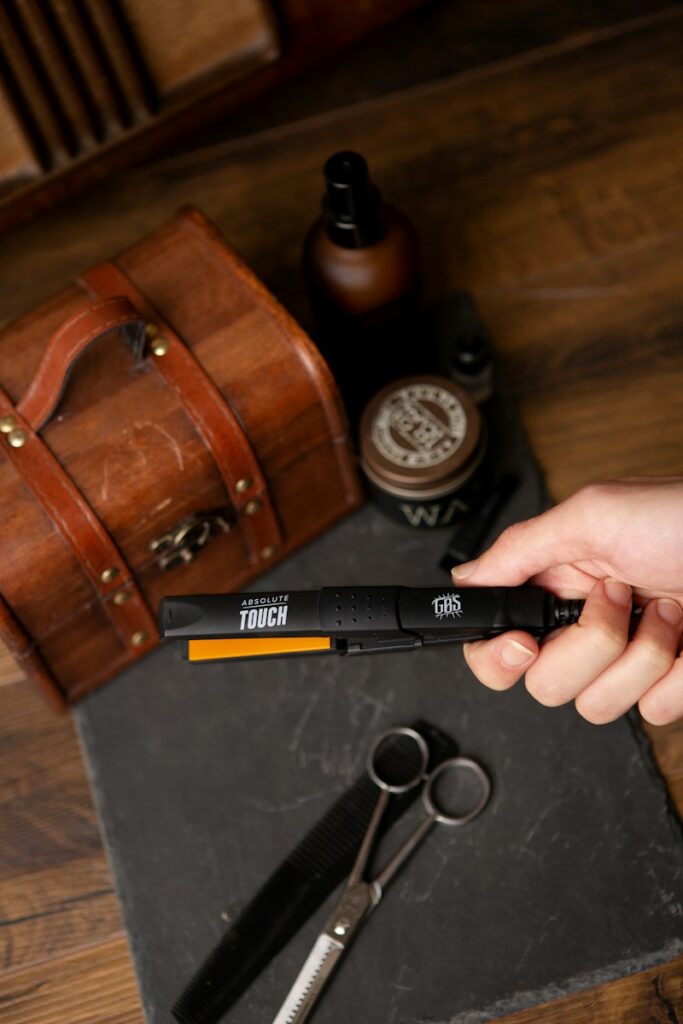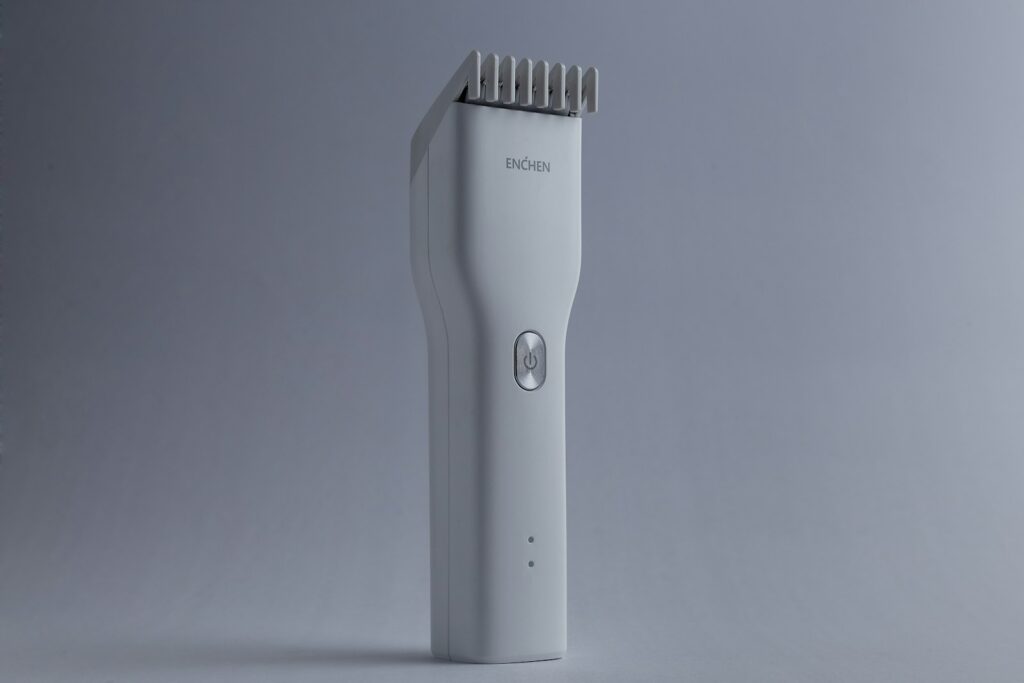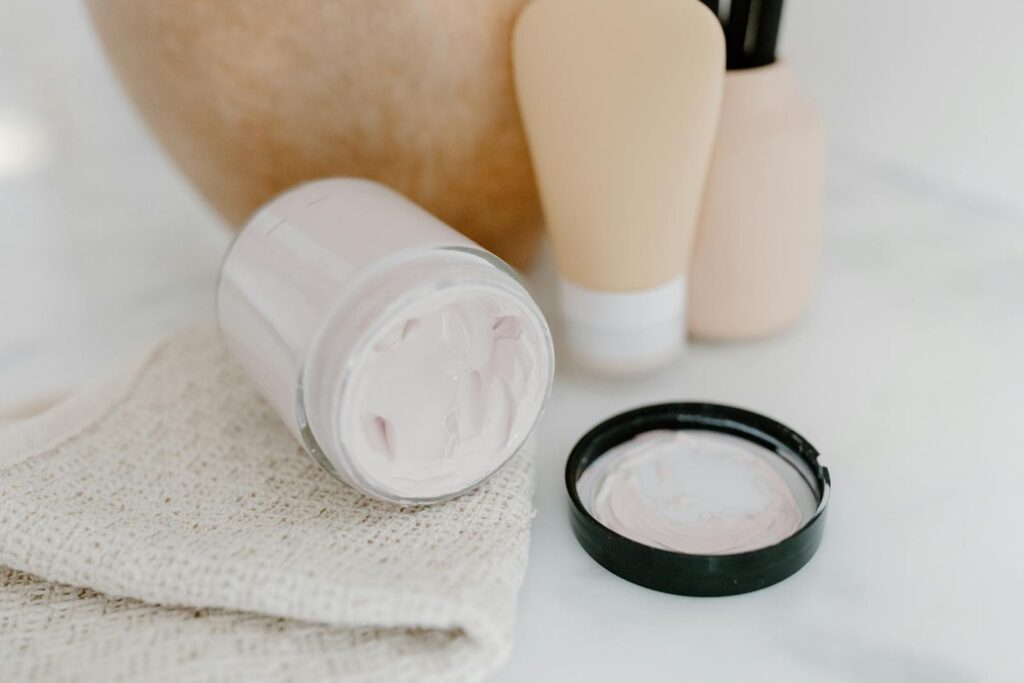A well-chosen beard comb can greatly impact one’s grooming routine, offering benefits like static-free styling and effective detangling. This guide examines various materials, shapes, and teeth widths, helping individuals select the best comb for their beard type. By understanding these elements, readers can enhance their grooming techniques and maintain a healthy appearance. Uncover the key factors that make a beard comb essential and how they can elevate your grooming experience.
Key Takeaways
- Material choice affects durability and static; options include metal, wood, horn, and cellulose acetate combs.
- Hand-cut combs ensure smooth grooming, while mass-produced ones may have rough edges.
- Use wide-toothed combs for detangling and finer teeth for styling, following best practices for optimal results.
- Multi-sided and pocket combs offer versatility and convenience for different grooming needs.
- Select appropriate teeth width for your beard type to enhance grooming effectiveness and comfort.
Understanding Beard Comb Materials
How does one choose the right material for a beard comb? Selecting the ideal beard comb material involves considering factors that guarantee both beard health and user satisfaction.
Plastic combs, though common, often break easily and create static, which can damage beard hair.
In contrast, metal combs, crafted from stainless steel or aluminum, offer durability and a static-free experience.
Horn combs, made from animal horn, provide a smooth and luxurious feel.
Wood combs are a popular choice for their durability, anti-static properties, and aesthetic appeal.
Finally, cellulose acetate combs, plant-based and versatile, present a rubber-like, anti-static option for conscientious grooming.
Using a derma roller can enhance product absorption, making it an effective tool in conjunction with high-quality beard combs for optimal beard health.
Construction Methods and Their Impact
Construction methods considerably influence the quality and functionality of a beard comb, directly impacting beard health and grooming ease. Hand-cut combs, where each tooth is individually crafted and polished, offer smoothness and durability, ensuring snag-free grooming. Stamp-pressed combs are mass-produced, often leaving rough edges that can damage beard hair. Injection-molded plastic combs might be affordable but tend to have microscopic jagged edges, affecting their durability. Folding beard combs crafted from natural materials like green sandalwood provide smooth detangling without static or pulling, enhancing the grooming experience. Choosing the right construction method can enhance the grooming experience, benefiting both the groomer and the recipient.
Best Practices for Using a Beard Comb
When using a beard comb, it is essential to follow some best practices to maintain a healthy and well-groomed beard. Begin by ensuring the beard is about 75% dry and apply beard oil for smooth combing. Use wide-toothed combs for detangling, then switch to finer teeth for styling. Avoid forcing the comb through snags; use gentle strokes instead. Limit combing to twice daily to prevent damage. Regularly check and carefully remove knots or tangles. Finish with a beard brush for final shaping. These steps help in serving others by setting an example of thorough grooming.
| Step | Action |
|---|---|
| Drying | 75% dry before combing |
| Detangling | Use wide-toothed comb |
| Styling | Switch to finer teeth |
| Final Touch | Finish with a beard brush |
Exploring Beard Comb Shapes and Designs
While exploring beard comb shapes and designs, it’s important to understand how each variation impacts grooming effectiveness and personal style. Combs come in various forms that cater to different needs and preferences.
Single-sided combs offer simplicity, ideal for straightforward grooming routines.
Multi-sided combs provide versatility, perfect for those who enjoy switching between wide and fine teeth.
Pocket combs ensure portability, allowing for on-the-go grooming.
- Single-sided combs: Simplifies grooming with one type of teeth.
- Multi-sided combs: Offers versatility with multiple teeth options.
- Pocket combs: Compact design for easy transport and quick touch-ups.
These designs serve diverse beard care needs efficiently.
Choosing the Right Teeth Width for Your Beard
Choosing the right teeth width for a beard comb is crucial for effective grooming and maintaining beard health. Wide teeth are ideal for thick, coarse, or curly beards, reducing tangles and preventing hair damage.
For those with finer or shorter beards, narrow teeth work best, providing precision and control without snagging. A combination comb, featuring both wide and narrow teeth, offers versatility for different beard textures and lengths.
Selecting the right teeth width guarantees a smooth, comfortable grooming experience, showing care and consideration for one’s appearance. This thoughtful choice ultimately serves others by presenting a well-groomed and professional look.
Selecting the Ideal Beard Comb for Your Needs
Selecting the ideal beard comb involves considering several key factors to guarantee effective grooming and beard health. First, prioritize the material of the comb, as it affects durability and static reduction. Wooden or horn combs are excellent choices for their natural, anti-static properties.
Second, opt for hand-cut construction to avoid snagging and assure a gentle glide through the beard. Finally, match the comb’s teeth width to the beard’s texture and length for beneficial grooming results.
- Material: Wood or horn for anti-static benefits
- Construction: Hand-cut for smoothness
- Teeth Width: Align with beard texture and length
These considerations help maintain a well-groomed appearance.
Grooming Techniques and Maintenance Tips
To effectively groom and maintain a beard, understanding the proper techniques is essential for achieving a neat and healthy appearance.
Start by ensuring the beard is about 75% dry after washing. Apply a few drops of beard oil for hydration before combing.
Use a comb with wider teeth to detangle from the neckline upward, adding volume. Then, comb downward for smoothness.
Mustaches benefit from finer teeth, brushing outward or downward.
Limit combing to twice daily to prevent damage. Always use gentle strokes, avoiding force through snags.
Regularly check and carefully remove knots to maintain a well-groomed, healthy beard.
Personalization and Style Options
While personal style might seem like a small detail, it plays a significant role in selecting the perfect beard comb. A beard comb doesn’t just groom; it reflects the user’s taste and individuality.
The choice of material, design, and color can offer a personalized touch, enhancing one’s grooming routine.
- Material Selection: Opt for materials like wood or cellulose acetate for a unique style that also serves functional needs.
- Design and Color: Choose lively colors or classic patterns to express personality.
- Customization: Some brands offer engraving or bespoke options for a truly personal tool.
These aspects guarantee the beard comb complements both function and flair.
Final Thoughts
Selecting the right beard comb is vital for effective grooming. By understanding different materials, shapes, and teeth widths, one can achieve a polished look with ease. Durable materials like metal or horn reduce static, while handcrafted designs guarantee a smooth, snag-free experience. Wide-toothed combs work best for thick or curly beards. Combing when the beard is semi-dry, along with using beard oil, enhances the grooming process. A well-chosen comb makes maintaining a healthy, stylish beard straightforward.
